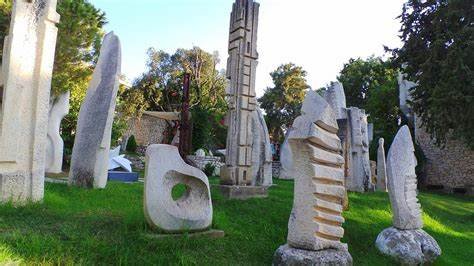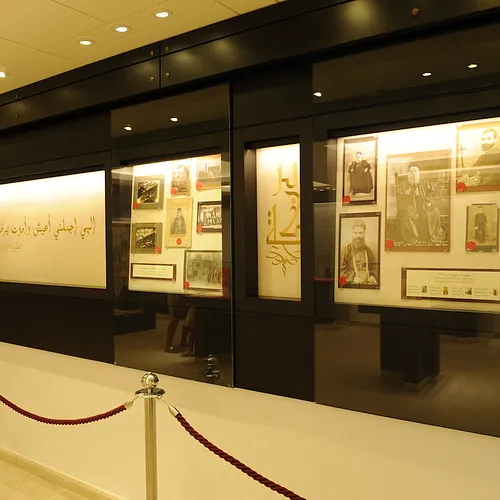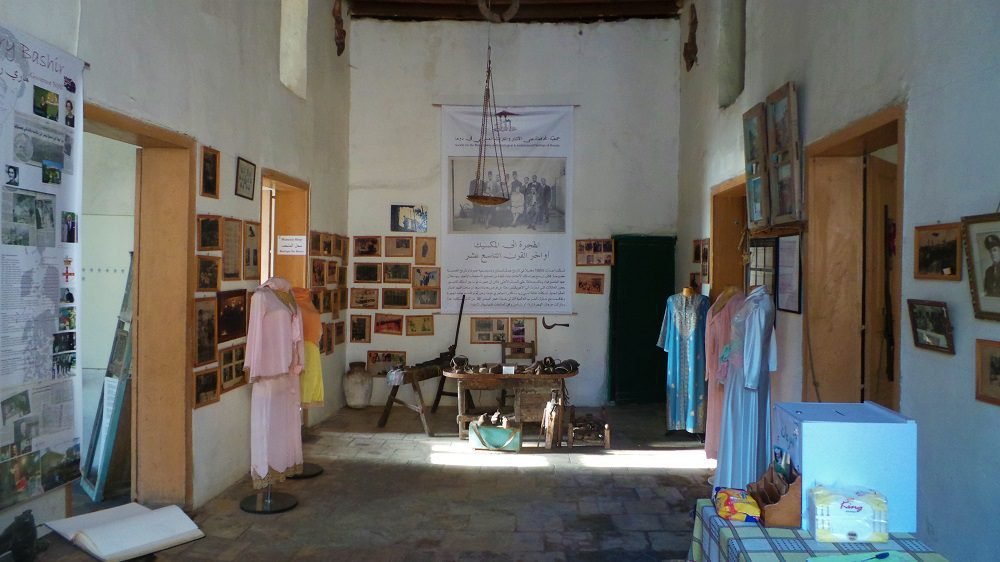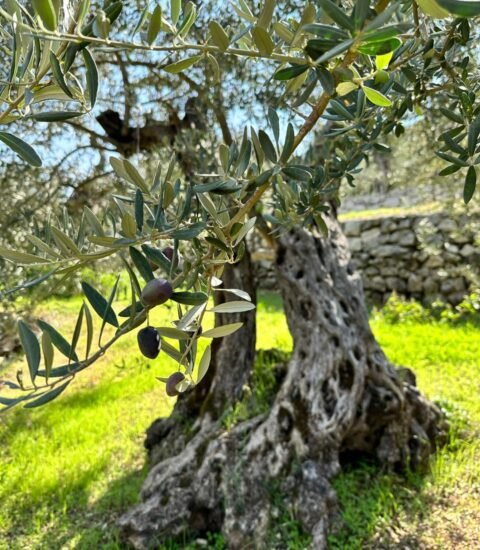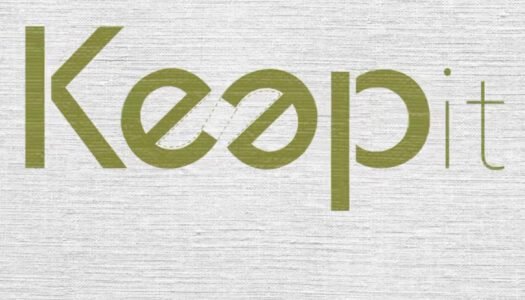Currently Empty: $0.00
Discover Eight Must-Visit Museums in Batroun
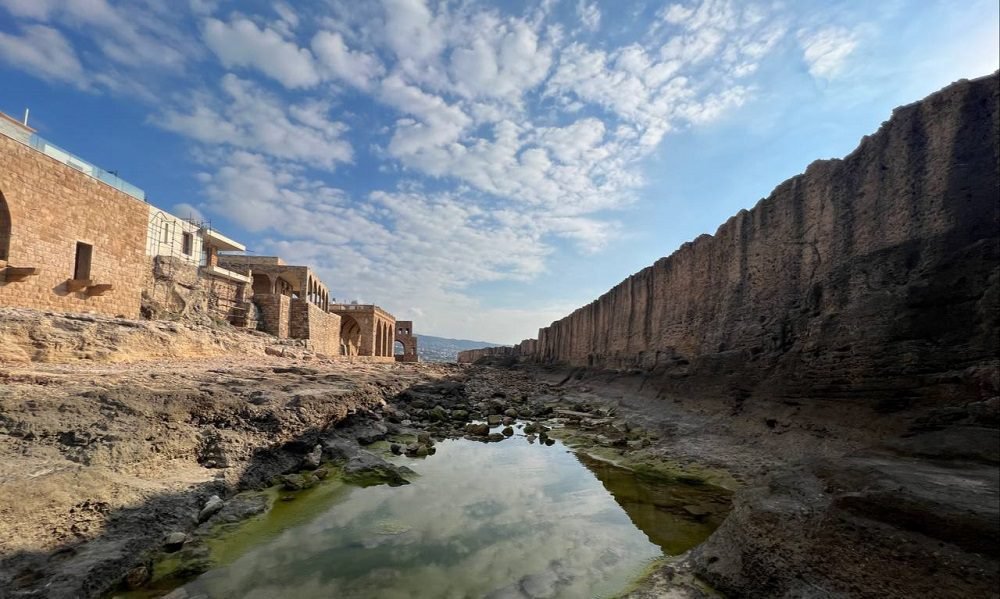
Museums are crucial because they preserve and exhibit humanity’s cultural heritage, scientific achievements, and artistic expressions. Join me as we go through eight must-visit museums located in Batroun district:
1- Nabu Museum (متحف نابو) – Heri:
Nabu Museum is named after the Mesopotamian patron god of literacy. It houses an exceptional permanent collection of Bronze and Iron Age artifacts representing Roman, Greek, Byzantine, Phoenician, Mesopotamian, and contemporary Lebanese cultures, in addition to rare manuscripts and ethnographic material.
The museum also houses a library with an extensive collection of books on art, archaeology, history, and geography, along with a collection of rare manuscripts.
2- Musée Henry (متحف هنري لوسيان) – Koubba:
Musee Henry is a private museum located a short drive from downtown Batroun.
The structure commemorates one hundred traditional houses demolished in Beirut, incorporating relics and materials such as tile and glass from these demolished homes. The restoration and design were carried out by Henry Loussian, known for his work at Henry’s Handmade, a jewelry store in Beirut.
The traditional arches and adorned windows frame the structure that has been renovated, all while keeping the traditional elements that made up the original home.
Private tours of the property are offered by the owner.
3- Basbous Museum (متحف بصبوص) – Rachana:
Rachana Town is an open air museum, where you can find sculptures everywhere, on the road, in front of the houses and in the gardens. In 1997, UNESCO dubbed Rachana a ‘Global Village of Outdoor Sculpture’
Over the last fifty years, the Basbous brothers Michel, Alfred, and Joseph, have gained recognition for their art. They’ve become known for their sculptures, which can be found throughout the village.
The museum is Michel Basbous’ home, which is now inherited by his son Anachar Basbous, a well-known modern artist. It features an artist studio, an open-air gallery, and an indoor gallery.
4- MAB Mohtaraf Anachar Basbous (محترف أناشار بصبوص) – Rachana:
Lebanese artist Anachar Basbous and architect Jawdat Arnouk developed MAB as a structure to house the sculptor’s artworks.
It has three distinct sections: the roof, which was built to resemble the village road and is easily accessible from the east side; a smaller room located beneath the main hall, which houses sculptures of various sizes for visitors to view; and the entrance to the outside world, accessible through a sizable glass door.
5- Patriarch Elias Howayek Museum (متحف البطريرك إلياس الحويّك) – Aabrine:
Born in Helta-Batroun, he was the 72nd Patriarch of Antioch for the Maronites from 1898 until his passing in 1931. He is considered as a founding father of Lebanonism, a symbol of resistance to Ottoman rule, and the architect of Lebanese sovereignty.
The museum, located within the Holy Family Convent (Congregation of the Maronite Sisters of the Holy Family), was founded in 2014 to hold some of his possessions and provide insight into his life and accomplishments.
The sacred site also includes his statue, as well as the tombs of the founding mothers.
6- Saint Rafqa Museum (متحف القديسة رفقا) – Jrabta:
Sister RAFQA (1832-1914), who lived at The Monastery of Saint Joseph in Jrabta, was a well-known nun in the monastery’s history, bearing tremendous pain with patience and resignation.
Following her death, a number of miracles occurred as a consequence of her prayers, and the location of her tomb has become a source of heavenly grace and several exceptional cures.
On November 17, 1985, Pope John Paul II pronounced Sister RAFQA beatified and recommended her for Church veneration, transforming the convent into a world-renowned shrine. She was subsequently canonized on June 10, 2001.
7- Douma Heritage museum (متحف دوما الأثري) – Douma
Also known as Mathaf Douma al Asari, it is located near the historical Souk and showcases the history of Douma through time.
It includes photographs of Douma immigrants, local handicrafts, traditional artisan works, and theatrical costumes and accessories from Douma’s famous theatre
8- The Eco‐Museum of the Olive Tree Culture (متحف بشعله البيئي لثقافة الزيتون) – Bchaaleh
The “Eco‐Museum of the Olive Tree Culture in Bchaaleh” is the first village eco-museum in Lebanon and the world. It strives to spread awareness on the richness of Lebanese traditions and cultural heritage and a chance to introduce, in a lively and proactive way, different daily practices that were transmitted through generations.
The Eco‐Museum of the Olive Tree Culture in Bchaaleh includes a variety of outdoor and indoor workshops and stations located in ancient houses dispersed throughout Bchaaleh Village.
The museums covered in this article provide an enriching experience for visitors, offering insights into the cultural and historical significance of the Batroun region.

Catherine is a young journalist who has a deep enthusiasm for her work. She has a passion for storytelling and a commitment to delivering news and information.
Instagram: @catherine_Karamm


